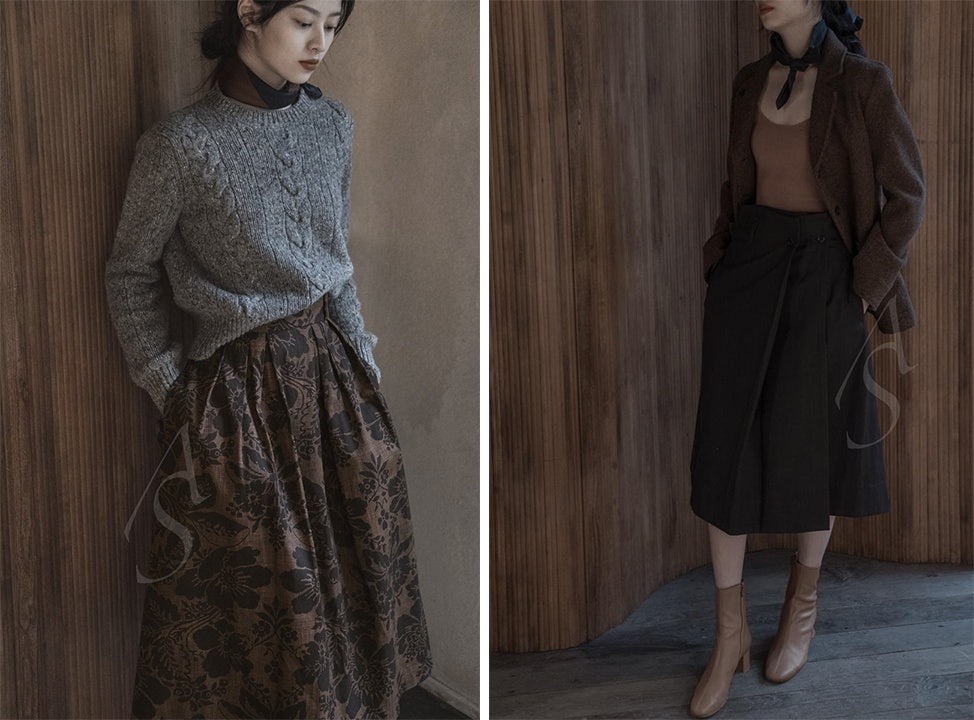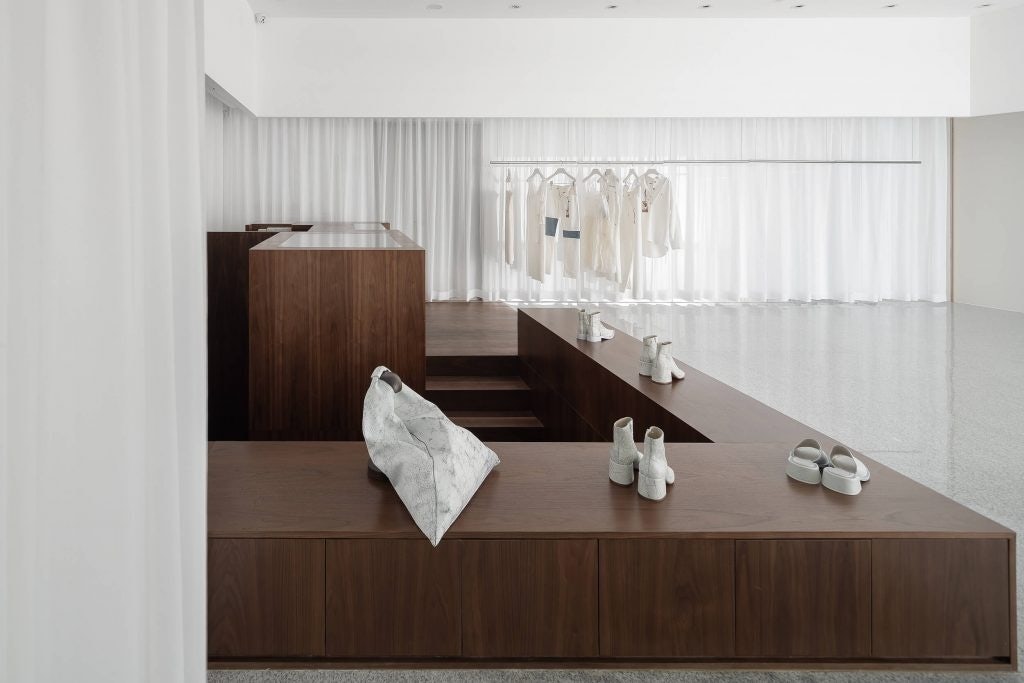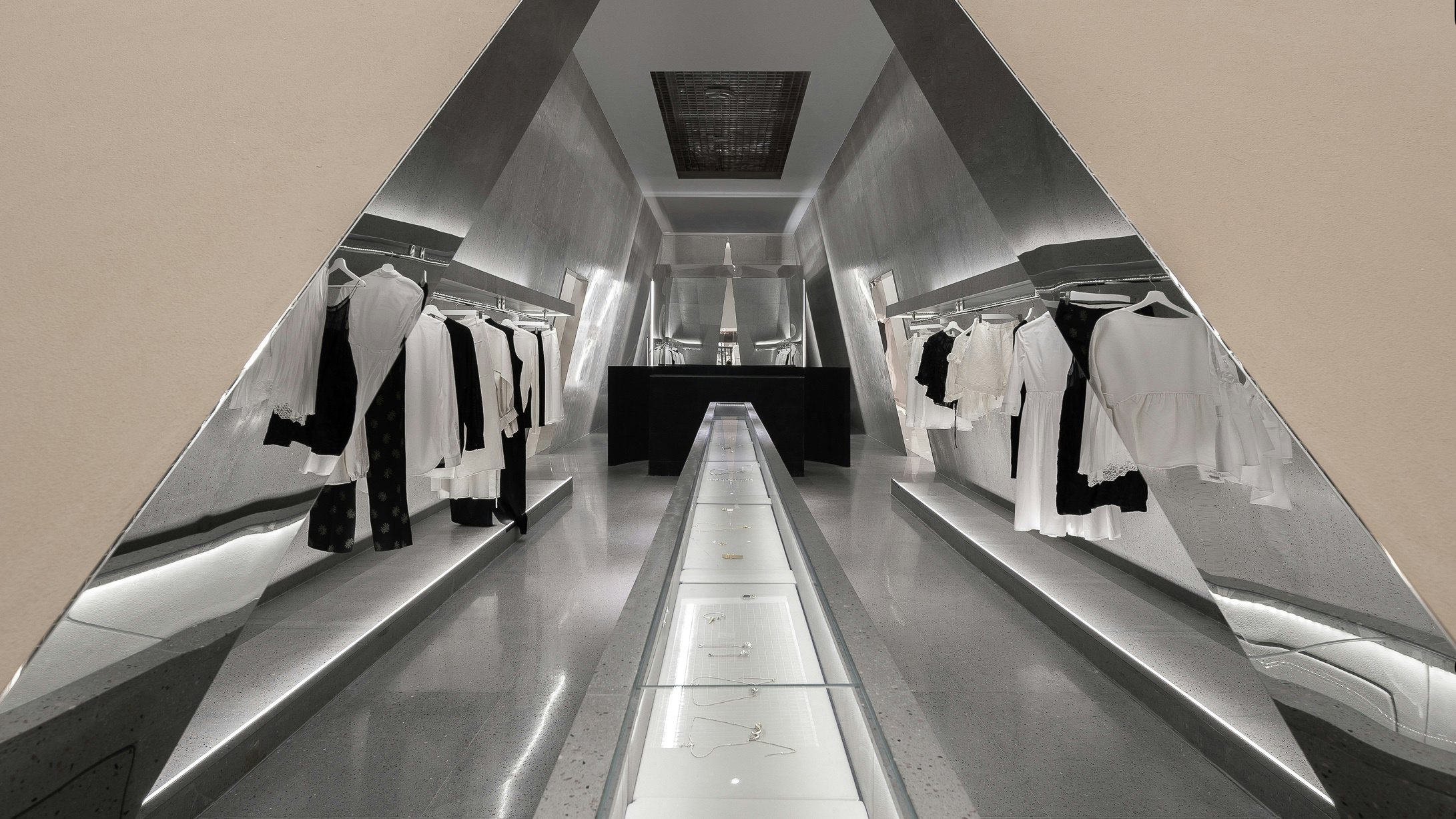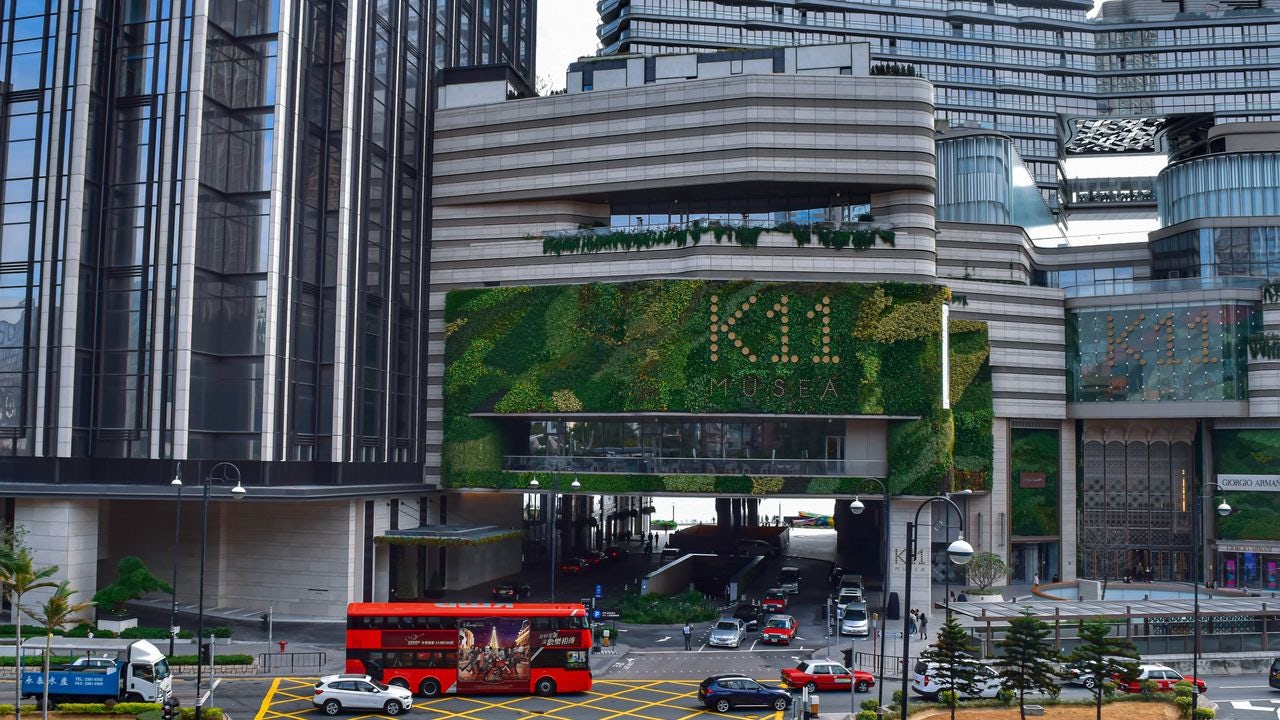Key Takeaways:#
Multi-brand boutiques are a great way for both foreign niche labels and new local brands to reach out to Chinese consumers.
Department store communication is still fairly corporate. However, multi-brand retail communication feels more personal. Ultimately, this form of communication builds trust and credibility with modern Chinese consumers.
A lot of multi-brand boutiques in China are led by a specific cultural curator — often a well-traveled individual with specific tastes.
Today’s fashion trends are influenced by what Chinese consumers want to assemble in their wardrobes, and they have become extremely selective about how they express their individuality. In this way, they are redefining the world of luxury fashion according to their taste and vision.
After the seismic shift in the fashion world due to the COVID-19 pandemic, the luxury landscape in China has quickly become more advanced, and major luxury brands have changed their belittling attitudes toward Chinese consumers. They’ve emerged as the in-charge segment, and they want royal pampering second to none.
Local independent multi-brand stores have made the most of this growing need in China and have popped up in large numbers over the last decade. They are responsible for bringing consumers their desired clothes and accessories under one roof, allowing them to shop with ease. In fact, these multi-brand boutiques are a great option for both foreign niche labels and new local brands wanting to reach Chinese consumers.
The reason for the popularity of these multi-brand stores is simple, said Mike Roberts, a former chief creative officer at the retail design consultancy Green Room that has worked for clients like Burberry and Puma. “The rise in popularity is mainly due to the increase of luxury brand awareness and desire in the Chinese market," he said. "Pre-pandemic Chinese consumers were traveling on a global scale more than ever, being exposed to new brands, and bringing back their influences to the thriving local market. A lot of multi-brand boutiques in China are simply led by a specific ‘cultural curator’ — often a well-traveled individual with specific tastes. These individuals often achieve ‘influencer’ status, with customers trusting their judgment through a holistic lifestyle lens rather than a single-minded brand lens.”
Why these multi-brand stores are popular now#
Although shopping malls and department stores are facing tough competition from booming e-commerce businesses, their old formula of getting as many brands as possible onboard without a clear-cut strategy is also weakening their position in the market. Most importantly, the products displayed in these stores don’t have the appeal factor they used to. As a result, their business is completely in shambles, according to the latest Fung Business Intelligence survey.
In five years (between 2014 and 2019), the department store and footwear businesses in China dropped from 38.6 percent to 26.3 percent, as per a report conducted by Fung Business Intelligence. Nevertheless, the arrival of multi-brand boutiques has been an excellent development as they succeed in attracting the attention of Chinese consumers. “It all comes down to personal touch," says Roberts. "A lot of the more successful multi-brand retailers are focused on the personality of the founders — their tastes, inspirations, and preferences.... but it also depends upon the way they communicate. Multi-brand retail communication ‘feels’ more personal and less corporate, and, ultimately, this form of communication goes on to build trust and credibility, which is highly desirable to the modern Chinese consumers.”
Even Wenyan Jiao, a co-founder of the Shanghai and Wuxi-based boutique Mushion, believes that both shopping malls or department stores function on the same old principles. They’re equipped to fulfill the requirements of general shoppers. “We’re successful in our field because we’re more knowledgeable about brands such as Proenza Schouler, Martina Rose, and the other labels we stock and what their target audience is," Jiao says. "So we work accordingly and also make sure the visual artistry of our boutique is new all the time to keep the interest of consumers alive.”
Likewise, another popular multi-brand store called Autumn Sonata works in the same way, never deviating from its local signature. As Kian Zhang, co-founder of the Shanghai-based boutique, says: “We tend to choose brands that gel well with our values where exceptionality is a top priority. Anything ordinary is instantly pushed out. We’re the only store keeping Margaret Howell in Mainland China.”

How multi-brand stores are getting more and more first-time customers#
Many of the multi-brand retailers utilize the social channels at their disposal to build communities around their ethos. “By creating purposeful and poignant content, multi-brand retailers are not only offering new customers a way into their world but also driving continued reasons to believe and re-engage," says Roberts. "By also employing a rolling inventory model, they’re able to maintain a core ethos while ensuring a curiosity through intriguing product assortment.”
“The interior beauty of Angle boutique in Shenzhen, SND in Chongqing, and J1M5 in Qingdao are quite reflective of what Chinese consumers are looking for," he adds. “The best part is that these multi-brand retail stores have been designed by indigenous architects who are well-familiar with the local customs. That’s why they are successful.”

The growth in this segment is happening fast#
As the desire for multi-brand experiences grows, the rate of growth will naturally soar. What started as niche, innovative retail in several first-tier cities has become a national phenomenon, with local retailers acting as the catalysts between global brands and audiences. As such, the door is wide open for burgeoning trust and growth throughout the entire country.
Lessons that global luxury brands can learn#
There are still several global brands struggling to make an impact on Chinese consumers. But they still have time to make changes for the better. As Roberts says: “I think the agile, lifestyle-first approach taken by many of the multi-brand retailers makes a refreshing change to the institutional behavior of luxury powerhouses. Rather than just projecting brand authority, regional multi-brand retailers are exhibiting genuine local consumer affinity, something that goes a long way with their cautious local audience.”
Will multi-brand stores ever replace mono-brand stores?#
The culture of mono-brand stores will never cease to exist. They will have their significance. “I don’t think multi-brand boutiques will replace mono-brand stores," says Roberts. "Certain customers still want to visit a brand's ‘home’ which, if done well, is still a rewarding experience in itself. And, for many brands, maintaining a mono-brand store also helps them actively track their customer behavior, desire, and preference, ensuring they deliver exactly what the customers want at the end of the day.”
"All in all, there is a place for everything in this hugely competitive market," he adds. "I think as the Chinese consumer is presented with more options, in terms of both imported and homegrown brands, their need for guidance in terms of selection will grow.”

